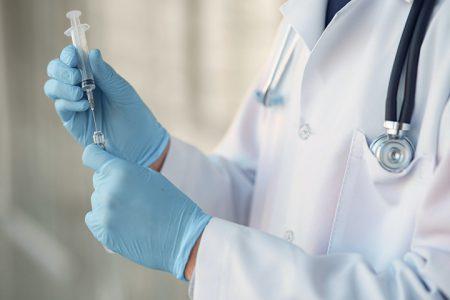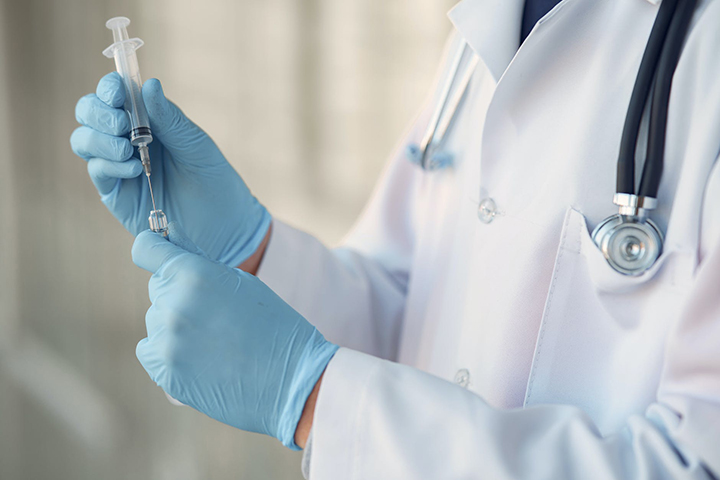
Man holding a needle
By Cristian Monroig
reporter
Texas Health and Human Services announced Texas will receive more than 1.9 million COVID-19 vaccine doses April 9, but not everyone plans to get it.
Sixty-nine percent of Americans are currently vaccinated or plan to receive one, according to Pew Research Center. Despite this, there remains some hesitation among those who now qualify. NE student James White said his concern was he thought it was rushed.
“I don’t trust it yet,” he said.
Forty percent of Americans were reluctant to receive the vaccine in November, according to the same Pew Research Center poll.
“It’s hard when you have family members who aren’t big supporters of the vaccine and who didn’t take COVID-19 seriously,” NE student James Bullard said. “If my family members had it, I would definitely try getting it, but I’ve been fortunate enough to not really be around anybody that’s had it.”
Almost 14 million vaccines have bee administered in the state, and about 5 million people are now fully vaccinated, according to Texas Health and Human Services.
“I wanted to get it for the continued safety of my kids, my colleagues and my own family because many of us are high-risk individuals,” NE student Alex Hoben said. “I decided to go through with it and I have not regretted it since.”
Hoben has not had any major side effects and now feels safer in public areas.
For Hoben and TR student Gianna Medina, the vaccine is a welcome response to the lifted mask mandate as they spend their time around those considered high risk.
“I have a lot of people I want to protect, and although the virus isn’t likely to cause me any true issues or kill me, it can be extremely dangerous to my loved ones and I don’t want to ever become a risk to them,” Medina said.
According to The New York Times, cases in Texas have been on a steady decline over the past month. However, a return to pre-masking behavior will lead to a sharp increase in cases similar to what was seen during the winter, according to medical forecasts from
UT Southwestern.

